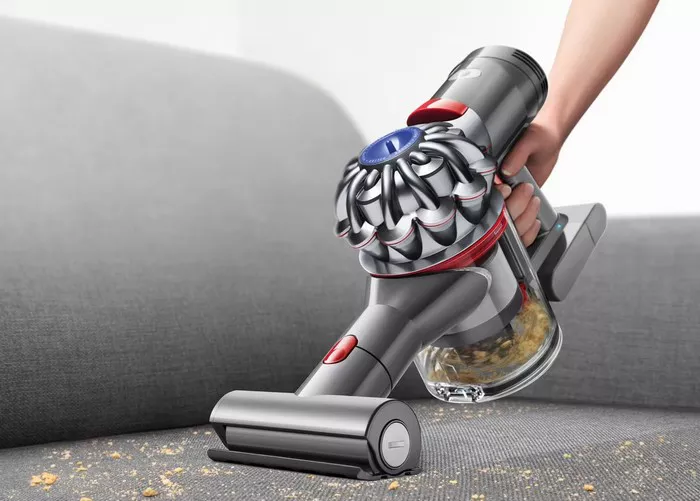In the world of vacuum cleaners, the term “KPA” often emerges alongside discussions about suction power. Understanding what KPA means in the context of vacuum cleaners is essential for consumers looking to make informed purchasing decisions. This article aims to elucidate the significance of KPA, how it relates to suction power, and its importance in selecting the right vacuum cleaner to meet individual cleaning needs.
Explanation of “KPA”
KPA stands for kilopascal, a unit of pressure commonly used to measure suction power in vacuum cleaners. Pressure, in this context, refers to the force exerted per unit area. KPA quantifies the vacuum cleaner’s ability to create suction by measuring the pressure differential between the inside of the vacuum cleaner and the outside environment. In simpler terms, KPA indicates how effectively a vacuum cleaner can pull in air and, consequently, debris from surfaces.
Suction Power Measurement
Suction power is a crucial metric in evaluating vacuum cleaners’ performance. It is typically measured in units of pascals (Pa), with KPA being a more common measurement for consumer-grade vacuum cleaners. One kilopascal is equivalent to 1000 pascals, highlighting the significant difference in scale between the two units. While pascals provide a more precise measurement, KPA offers a more practical and understandable representation of suction power for consumers.
Relevance to Vacuum Cleaners
The KPA rating of a vacuum cleaner directly impacts its performance and cleaning efficacy. Higher KPA values indicate stronger suction power, which translates to better dirt and debris removal from various surfaces. Whether tackling carpets, hardwood floors, or upholstery, the KPA rating influences how effectively a vacuum cleaner can extract dirt and dust particles.
Comparison of Suction Power
Understanding different KPA ratings can help consumers gauge a vacuum cleaner’s capability to handle specific cleaning tasks. For instance, a vacuum cleaner with a KPA rating of 15 or higher is considered powerful and suitable for deep cleaning carpets, while a lower KPA rating might suffice for light-duty tasks such as cleaning hard floors or delicate surfaces.
Factors Affecting Performance
While KPA provides a valuable indicator of suction power, it is essential to consider other factors that contribute to a vacuum cleaner’s overall performance. Airflow, filtration system, and brush design play significant roles in determining how efficiently a vacuum cleaner can capture and retain debris. A well-designed vacuum with optimized airflow and effective filtration can enhance cleaning effectiveness even with a moderate KPA rating.
Choosing the Right Vacuum
When selecting a vacuum cleaner based on KPA ratings, consumers should consider their specific cleaning needs and preferences. For households with pets or individuals with allergies, a vacuum cleaner with a higher KPA rating and advanced filtration features may be preferable to ensure thorough removal of pet dander and allergens. Conversely, those with primarily hard floors may prioritize maneuverability and versatility over sheer suction power.
Common Misconceptions
Misconceptions surrounding KPA and suction power can lead to confusion among consumers. One common misconception is equating higher KPA ratings with better performance in all scenarios. While higher KPA ratings generally indicate stronger suction power, other factors such as airflow and brush design also influence a vacuum cleaner’s effectiveness. Additionally, focusing solely on KPA without considering other features may overlook important aspects of a vacuum cleaner’s performance.
Conclusion
In conclusion, understanding KPA and its significance in vacuum cleaners is crucial for consumers seeking optimal cleaning solutions. By considering KPA ratings alongside other factors such as filtration, airflow, and brush design, individuals can make informed decisions when selecting a vacuum cleaner that best suits their cleaning needs. Clarifying common misconceptions about KPA empowers consumers to navigate the wide array of vacuum cleaner options available in the market and ultimately choose the most suitable one for their homes.

